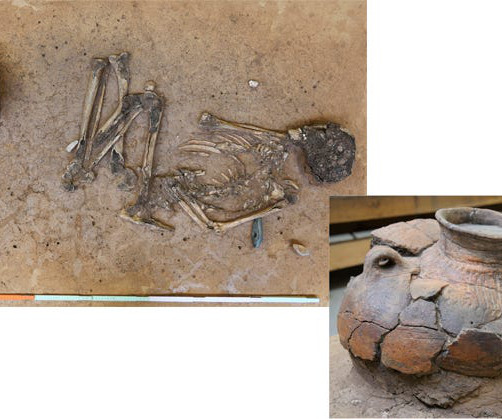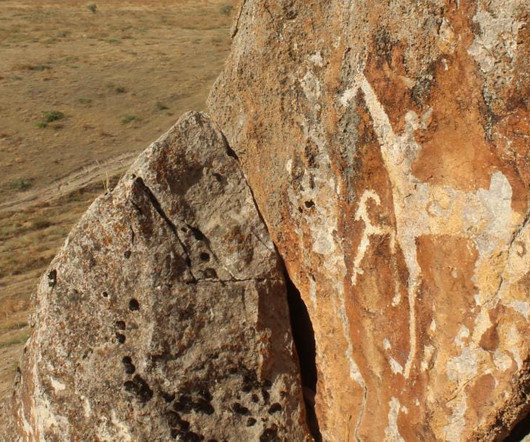An Archaeological Adventure
Teaching Anthropology
SEPTEMBER 8, 2024
Archaeology is a hands-on discipline, but it is very difficult to get 200 students doing anything archaeological in a large lecture hall. We also ran an experiential archaeology activity relating to ancient board games. The textbook I use has a fairly traditional coverage of archaeology.



















































Let's personalize your content